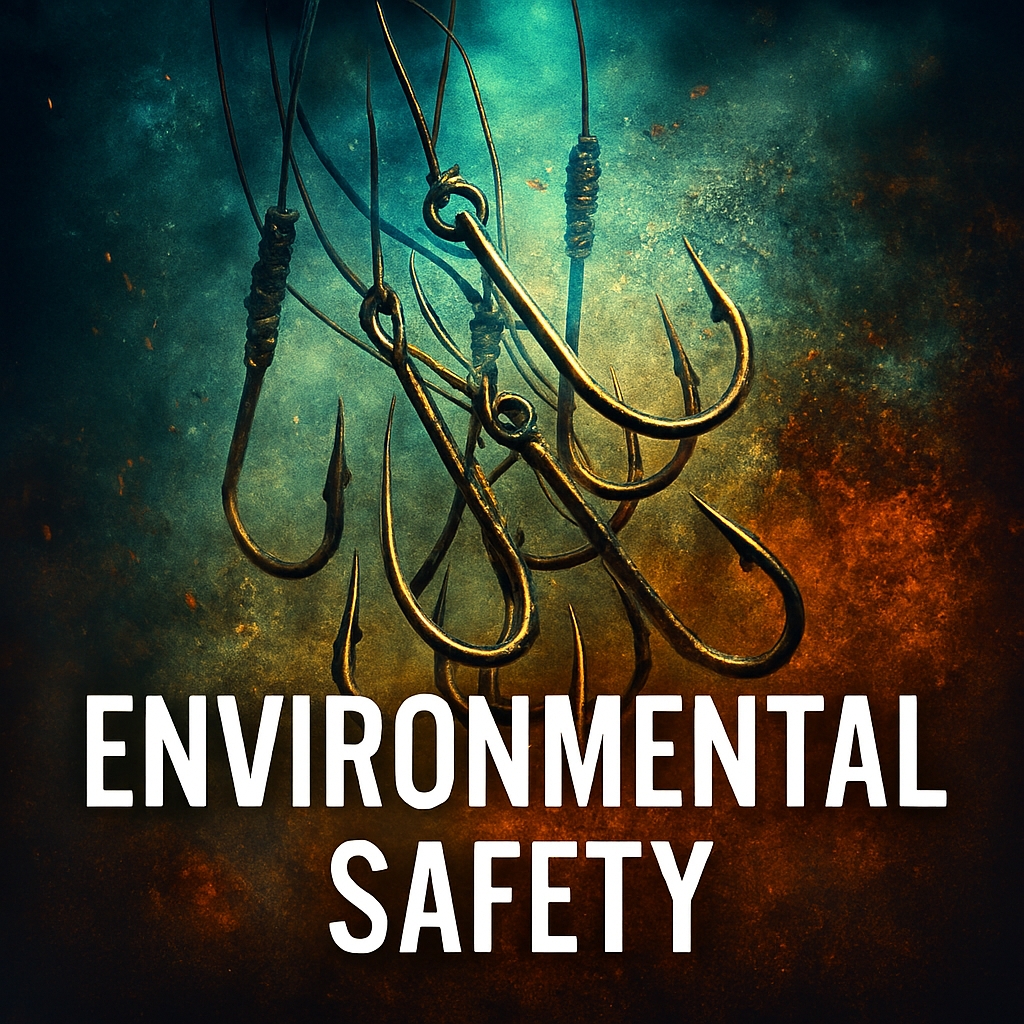Bamboo Clothing
In recent years, bamboo clothing has gained popularity as an eco-friendly alternative to traditional fabrics like cotton and synthetic materials. Marketed as sustainable and environmentally beneficial, bamboo clothing promises a greener wardrobe for conscientious consumers. But does bamboo clothing truly live up to its eco-friendly reputation? How will our fashion chaage over time.
The Appeal of Bamboo
Bamboo is often lauded for its rapid growth and minimal agricultural inputs. Unlike cotton, which requires significant amounts of water, pesticides, and fertilizers, bamboo grows quickly and abundantly without the need for chemical inputs. In fact, bamboo is known to be one of the fastest-growing plants on the planet.

This natural resilience makes bamboo an attractive option for sustainable fashion. Its ability to thrive without harmful chemicals reduces the risk of soil degradation and water pollution, common issues associated with conventional cotton farming. Additionally, bamboo plantations can help combat deforestation, as they can be harvested sustainably without damaging the root system, allowing the plant to regrow.
The Production Process
While bamboo itself is a sustainable crop, the process of turning bamboo into fabric can be environmentally contentious. There are two primary methods for producing bamboo fabric which are mechanical and chemical.
Mechanical Process
This method involves crushing the bamboo stalks and using natural enzymes to break down the plant fibers, which are then spun into yarn. This process is eco-friendly and retains the natural properties of bamboo, but it is labor-intensive and more expensive, leading to limited availability of mechanically processed bamboo fabrics.
Chemical Process
The majority of bamboo fabrics on the market are produced using a chemical process, also known as the viscose or rayon process. In this method, bamboo is dissolved in a chemical solution to extract the cellulose, which is then reformed into fibers. This process is efficient and cost-effective, but it involves the use of harsh chemicals such as sodium hydroxide and carbon disulfide, which can be harmful to both the environment and workers if not properly managed.

Environmental Benefits
Despite the concerns surrounding the chemical production process, bamboo clothing still offers several environmental benefits
Biodegradability
Bamboo fabric is biodegradable, which means it can break down naturally without leaving a lasting impact on the environment. This contrasts with synthetic fabrics like polyester, which can take hundreds of years to decompose.
Reduced Water Use
Bamboo cultivation requires significantly less water than cotton, making it a more water-efficient crop. This is particularly important in regions where water ir rare.

Carbon Sequestration
Bamboo plants absorb large amounts of carbon dioxide during their rapid growth, helping to offset greenhouse gas emissions. This makes bamboo an effective carbon sink that can contribute to climate change mitigation.
Potential Drawbacks
While bamboo clothing has several eco-friendly attributes, there are potential drawbacks.
Chemical Processing
The chemical process used to produce most bamboo fabrics can negate some of the environmental benefits of the raw material. Without proper waste management and chemical recycling, the production process can contribute to pollution and pose health risks to workers.
Misleading Claims
Some bamboo clothing products are marketed as “natural” or “organic” despite being chemically processed. Consumers should be cautious and seek out transparent information about the production methods used by manufacturers.
Resource Competition
As the demand for bamboo products increases, there is a risk of resource competition, where bamboo cultivation could displace other important agricultural activities or natural ecosystems.
Can Clothing Be Eco-Friendly, Fully Sustainable, Cool, and Fashionable?
The fashion industry is increasingly embracing sustainability, and it’s possible to find clothing that is both eco-friendly and stylish.
Sustainable Materials
Beyond bamboo, other sustainable materials include organic cotton, hemp, and recycled fibers. These materials are grown and processed with minimal environmental impact, making them more sustainable choices.
Ethical Production
Look for brands that prioritize ethical production practices, including fair labor standards and environmentally friendly manufacturing processes. These brands often provide transparency about their supply chains and commitment to sustainability.
Innovative Designs
Sustainable fashion doesn’t have to be dull. Many eco-conscious brands are at the forefront of fashion trends, offering innovative and stylish designs. From minimalist aesthetics to bold patterns, sustainable clothing can cater to a wide range of fashion preferences.
Longevity and Versatility
One of the key principles of sustainable fashion is investing in high-quality pieces that last longer and can be styled in multiple ways.
Secondhand and Upcycled Fashion
Thrift stores, vintage shops, and upcycled clothing offer unique and fashionable options that are also eco-friendly. By giving pre-loved items a new life, consumers can reduce the demand for new production and lessen environmental impact.

Eco-Friendly Certifications
Certifications such as GOTS (Global Organic Textile Standard) and OEKO-TEX Standard 100 ensure that clothing meets specific environmental and social criteria. These certifications provide assurance that the products are genuinely sustainable.
By considering these aspects, it’s entirely possible to create a wardrobe that is eco-friendly, fully sustainable, and fashion-forward. The key is to make informed choices and support brands that are genuinely committed to environmental stewardship and ethical practices.
Technological Innovations in Sustainable Fashion
The future of sustainable fashion is promising, thanks to advancements in technology that are transforming the industry. Here are some key technological innovations that are set to revolutionize sustainable fashion.
Advanced Fabric Technologies
Innovations in fabric technology are making it possible to create high-performance, eco-friendly materials. For instance, bio-based fibers, such as those made from algae or mycelium (fungi), are being developed as sustainable alternatives to traditional textiles.
Eco-Friendly Dyeing Techniques
Traditional dyeing processes are water-intensive and polluting. New dyeing techniques, such as waterless dyeing and digital printing, significantly reduce water usage and eliminate harmful chemicals, making the process more sustainable.
3D Printing and Customization
3D printing technology is allowing for on-demand production of clothing, reducing waste and overproduction. Customizable designs mean that garments can be tailored to individual preferences, leading to longer-lasting and more valued pieces.
Recycling and Upcycling Technologies
Advances in recycling technologies are enabling the creation of new textiles from discarded garments and textile waste. Chemical recycling processes can break down fibers to their original components, allowing for the production of high-quality recycled fabrics.
Blockchain and Transparency
Blockchain technology is being used to increase transparency and traceability in the fashion supply chain. This ensures that consumers can verify the sustainability and ethical practices of the brands they support.
Smart Textiles
Smart textiles incorporate technology directly into fabrics, offering benefits such as improved durability, self-cleaning properties, and temperature regulation. These innovations can extend the lifespan of garments and reduce the need for frequent washing, conserving water and energy.
Virtual Fashion and Digital Clothing
The rise of virtual fashion allows consumers to purchase and wear digital clothing in virtual environments. This reduces the demand for physical garments, lowering the environmental impact associated with production and disposal.
These technological advancements are paving the way for a more sustainable and innovative fashion industry. By integrating cutting-edge technologies, the fashion sector can reduce its environmental footprint and offer consumers high-quality, eco-friendly options that do not compromise on style.
Is Bamboo Clothing Really Eco-Friendly?
Bamboo clothing has the potential to be an environmentally friendly option, but its true impact depends on the production methods used.
Mechanically processed bamboo fabric is the most sustainable choice, retaining the natural benefits of the plant without harmful chemicals. However, due to its higher cost and limited availability, most bamboo clothing on the market is chemically processed, which can diminish its eco-friendly advantages.
Consumers looking to make sustainable fashion choices should seek out bamboo clothing from reputable brands that prioritize eco-friendly production practices and transparency. Additionally, supporting brands that invest in recycling and waste management initiatives can help mitigate the environmental impact of chemical processing.
Bamboo clothing can be a greener alternative to conventional fabrics, but it is essential to consider the entire lifecycle of the product. By making informed choices and supporting sustainable practices, consumers can help ensure that their fashion choices contribute positively to the environment.
Conclusion
Bamboo clothing presents a promising option for environmentally conscious consumers, but its true eco-friendliness hinges on the production methods employed. Mechanically processed bamboo fabric stands out as the most sustainable choice, maintaining the plant’s inherent benefits without resorting to harmful chemicals. However, the prevalence of chemically processed bamboo fabrics on the market can undermine these advantages.
Join the Discussion
We’d love to hear your thoughts on bamboo clothing and its environmental impact. Have you embraced bamboo or other sustainable fashion options in your wardrobe? What are your experiences with eco-friendly clothing? Do you think technology will play a significant role in making fashion more sustainable and stylish in the future?

















Air Conditioning Happy Less Clothes Day OR More - EcoReef.co
[…] for flowy dresses, oversized shirts, and relaxed-fit pants. These not only allow air to circulate but also give you a chic, laid-back look. Think boho-chic […]